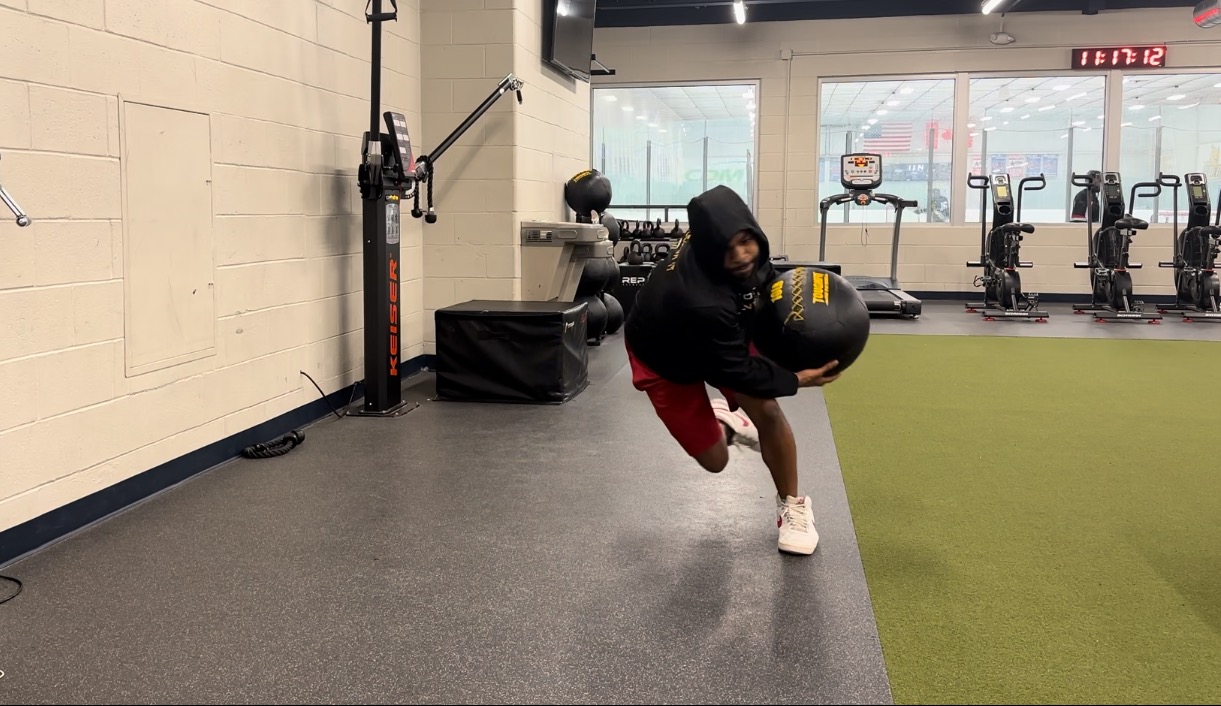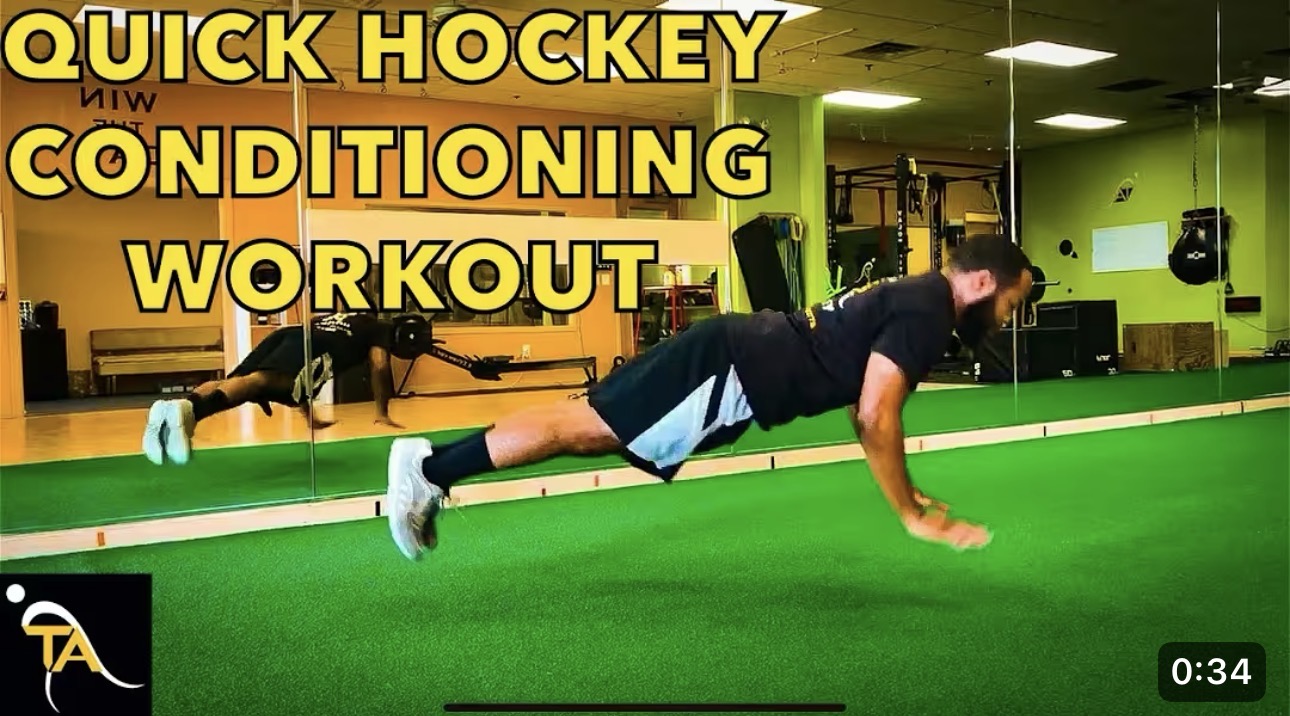What is Plane of Motion and why does it matter in training?
Planes of motion refer to the directions in which the body moves. There are three types of planes:
- Sagittal Plane: Separates the body into left and right.
- Frontal Plane: Divides the body into front and back.
- Transverse Plane: Splits the body into top and bottom sections.
The Planes of Motion:
When most people think of exercises, they typically picture traditional movements like push-ups, pull-ups, squats, and lunges. These exercises mainly occur in the Sagittal or Frontal Planes. The plane often overlooked, however, is the Transverse Plane. Any rotational movement or exercise takes place in the transverse plane of motion. Many coaches focus on how fast athletes can move from point A to point B. While speed is essential, no sport occurs solely in a straight line. Athletes face different angles, positions, and movements that can place stress on various joints. For example, a pitcher constantly throwing on one side or a soccer defender who consistently opens up to one side more than the other. Training in the Transverse Plane helps athletes strengthen these joints, reducing the risk of injury.
Benefits of Training in All Planes of Motion:
Training in all three planes of motion has several benefits, particularly for athletes:
- Improved Coordination and Movement: Whether for daily activities or sport-specific performance, training across all planes enhances overall body control and coordination.
- Injury Prevention and Enhanced Performance: One of the key benefits of training in the different planes is reducing injury risk. This type of training prepares your body for “awkward” and non-traditional movements, allowing for better stability and control. Even if there are muscle imbalances, training all planes can make them beneficial for specific sports positions. If not, it can help improve the athlete’s movement patterns.
- Mind-Body Connection: Training in the planes of motion builds a stronger mind-body connection, helping athletes better understand and control their movements.
By focusing on all three planes of motion—Sagittal, Frontal, and Transverse—athletes can optimize their performance, prevent injuries, and develop better overall body awareness.
Written by:
Darrid Watson, CSCS, NSCA-CPT
Take action… Now!
Visit us: Inside of the Flyers Training Center 601 Laurel Oak Rd. Voorhees, NJ 08043



